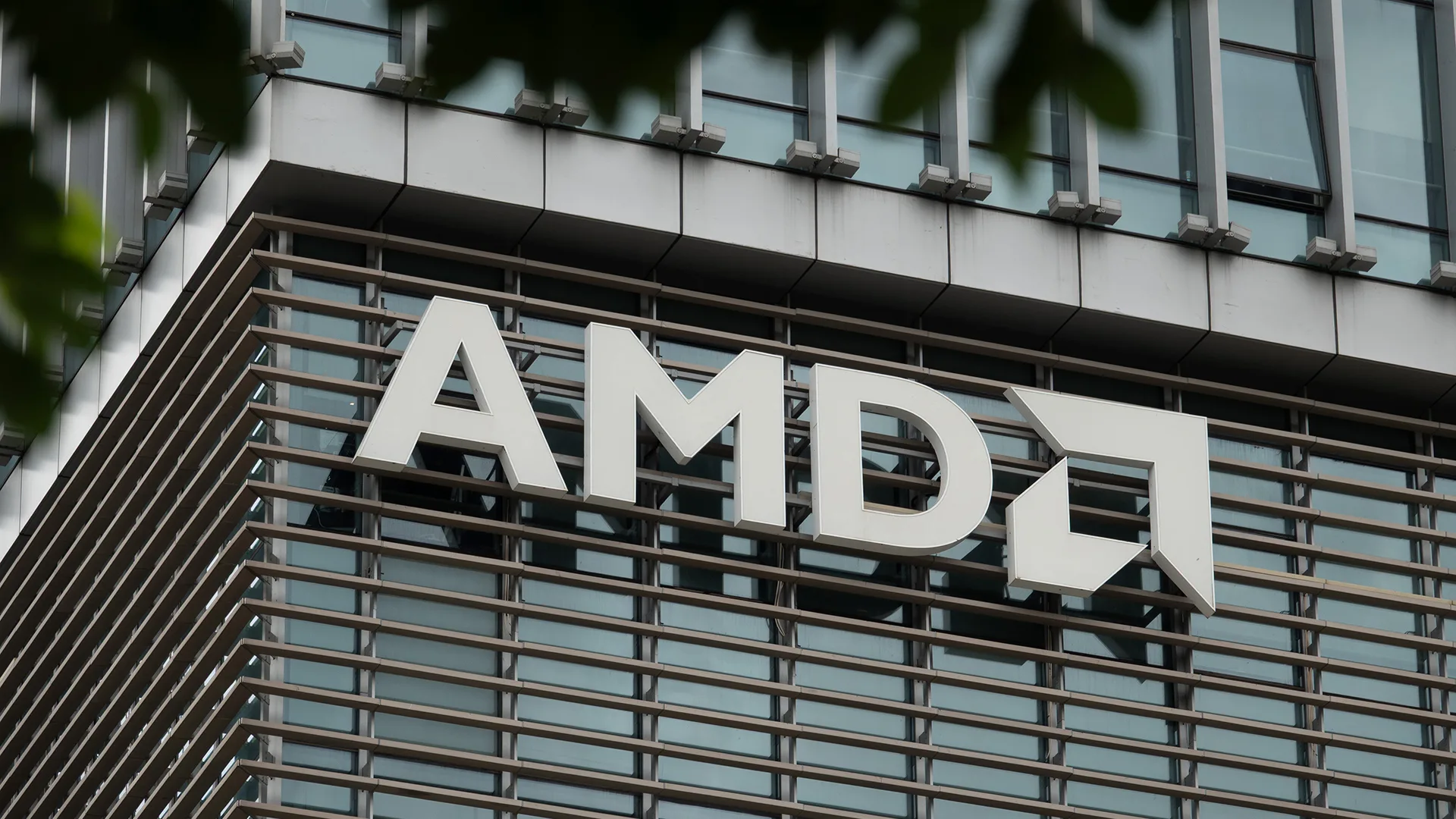A Turning Point in the Global AI Hardware Race
The artificial intelligence industry is entering a new phase of transformation. OpenAI, one of the most influential leaders in AI innovation, has announced a major expansion of its computing infrastructure powered by AMD chips. This decision challenges Nvidia’s long-standing dominance in the AI hardware market. This partnership represents far more than a business deal; it signals a rebalancing of global chip supply chains. It also introduces a new paradigm of hardware diversity in high-performance computing.
Over the past few years, Nvidia has been synonymous with AI acceleration, providing the graphics processing units (GPUs) that power the world’s most advanced models. However, the increasing global demand for computational capacity has created unprecedented pressure on supply chains and data center energy resources. By collaborating with AMD to secure up to 6 gigawatts of compute power, OpenAI is not simply diversifying. It is creating strategic redundancy to ensure resilience in its operations.
This shift also reflects a growing recognition within the AI community that hardware innovation must evolve alongside software progress. As large language models (LLMs) and generative systems like ChatGPT and Sora scale exponentially, the need for adaptable, sustainable, and energy-efficient compute solutions has become critical. Those interested in how AI infrastructure is transforming global data systems can explore deeper insights through MIT Technology Review, Wired, and OpenAI’s research portal.
Why OpenAI Is Betting Big on AMD
The strategic alliance between OpenAI and AMD is rooted in both necessity and opportunity. AMD’s latest Instinct MI300 processors, designed for massive parallel workloads, represent a technological leap in efficiency, interconnect speed, and energy management. These advancements allow large-scale AI models to be trained and deployed faster. They also reduce operational costs and environmental impact — two areas of increasing importance for OpenAI as it scales toward global ubiquity.
Unlike traditional GPU partnerships, this collaboration is built around co-development. AMD will work directly with OpenAI to tailor hardware architectures to the specific needs of next-generation neural networks. This means the systems will not only handle existing workloads but also anticipate the computational demands of future models that could reach trillions of parameters. Such vertical integration mirrors strategies seen in major tech ecosystems. Here, hardware and software co-evolve to maximize performance.
For AMD, this marks its most decisive entry into the AI race yet — a move that could reposition the company from a general-purpose semiconductor manufacturer into a cornerstone of the global AI economy. Investors and technology analysts are already calling it one of the defining moments for the semiconductor industry. This broadens the competitive landscape beyond Nvidia’s near-monopoly. Readers interested in AI hardware and chip innovation can explore related developments at AMD’s official website y Nvidia’s developer portal.
The Broader Implications for AI’s Future
Beyond the corporate implications, OpenAI’s pivot toward AMD raises important questions about the long-term evolution of artificial intelligence infrastructure. The move underlines a critical truth: innovation in AI cannot rely on a single hardware provider. As the field expands into areas like multimodal learning, autonomous robotics, and synthetic biology, diverse hardware ecosystems will become essential. This diversity will help balance performance, energy use, and accessibility.
This partnership also highlights a growing awareness of sustainability in AI. Training the largest neural networks requires enormous energy resources, often drawing from carbon-intensive grids. By securing multi-gigawatt compute capacity that includes renewable energy sources, OpenAI is acknowledging its environmental responsibility while preparing for the next era of large-scale computation. Such initiatives are vital as governments, enterprises, and research institutions debate the ethical and environmental limits of AI scaling.
At the same time, this diversification reflects a broader economic shift. The world’s leading technology firms — from Microsoft and Google to Amazon and Meta — are racing to secure chip supply and develop proprietary accelerators. OpenAI’s move toward AMD aligns with this global trend of decentralizing AI hardware ecosystems. This reduces risk and promotes innovation. The impact will be profound: increased competition, lower costs for compute power, and a faster pace of technological advancement across industries.
To understand how these developments fit into the wider AI economy, readers can explore in-depth analyses from The Verge y TechCrunch. They cover the intersection of hardware innovation, policy, and global AI growth.







